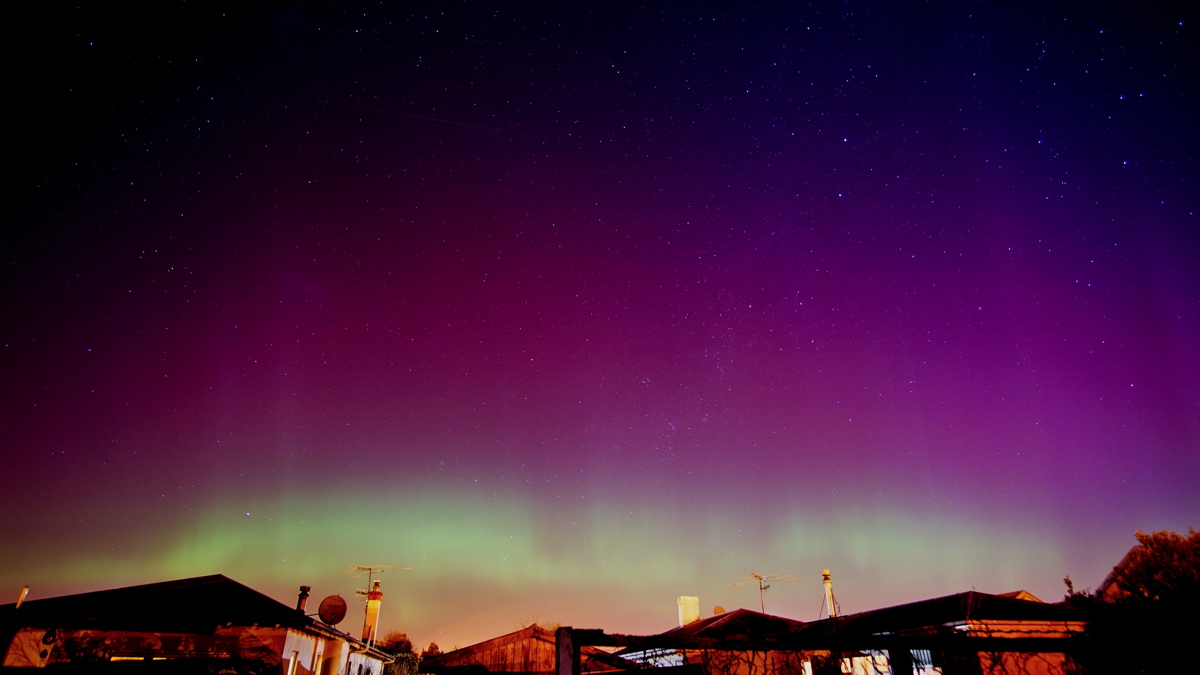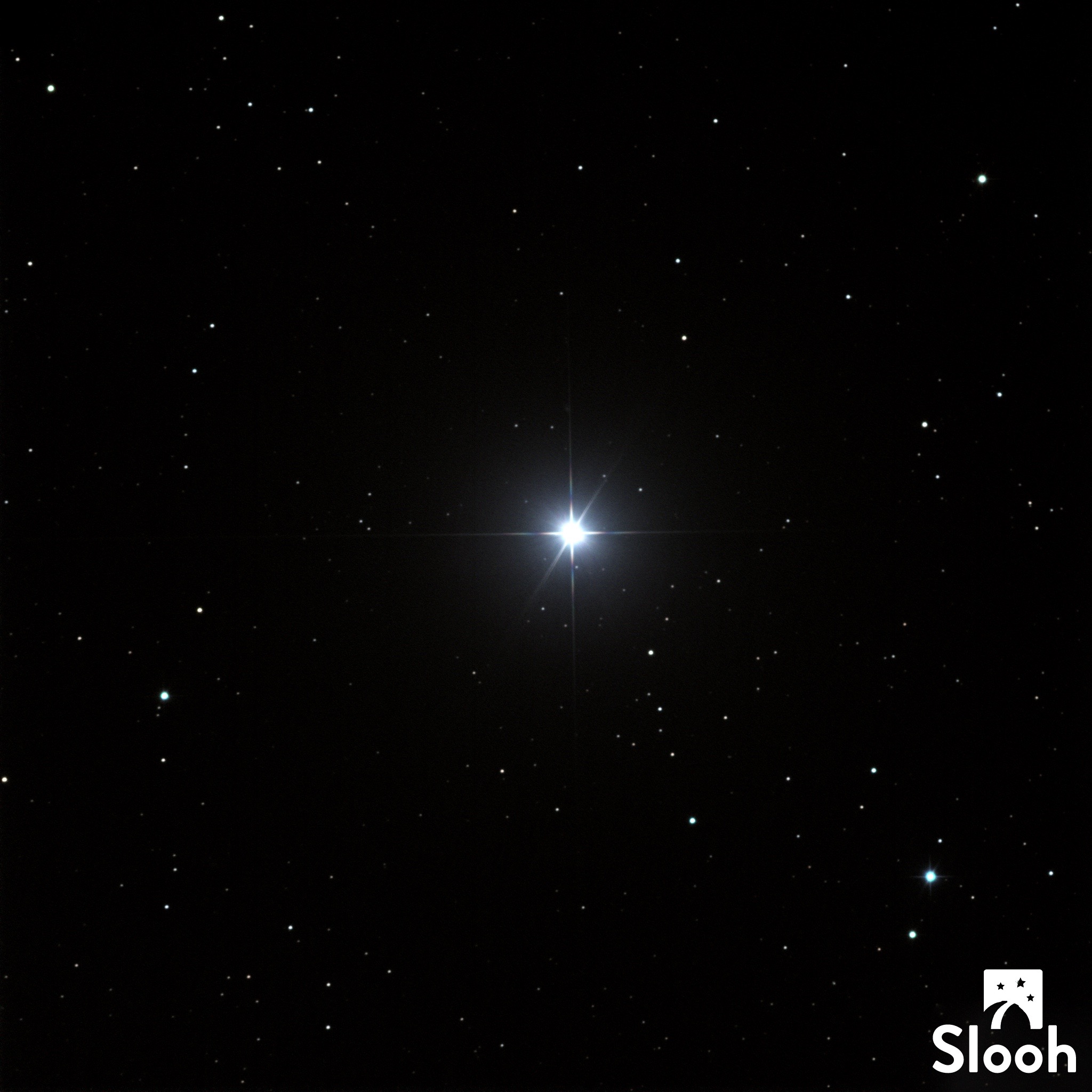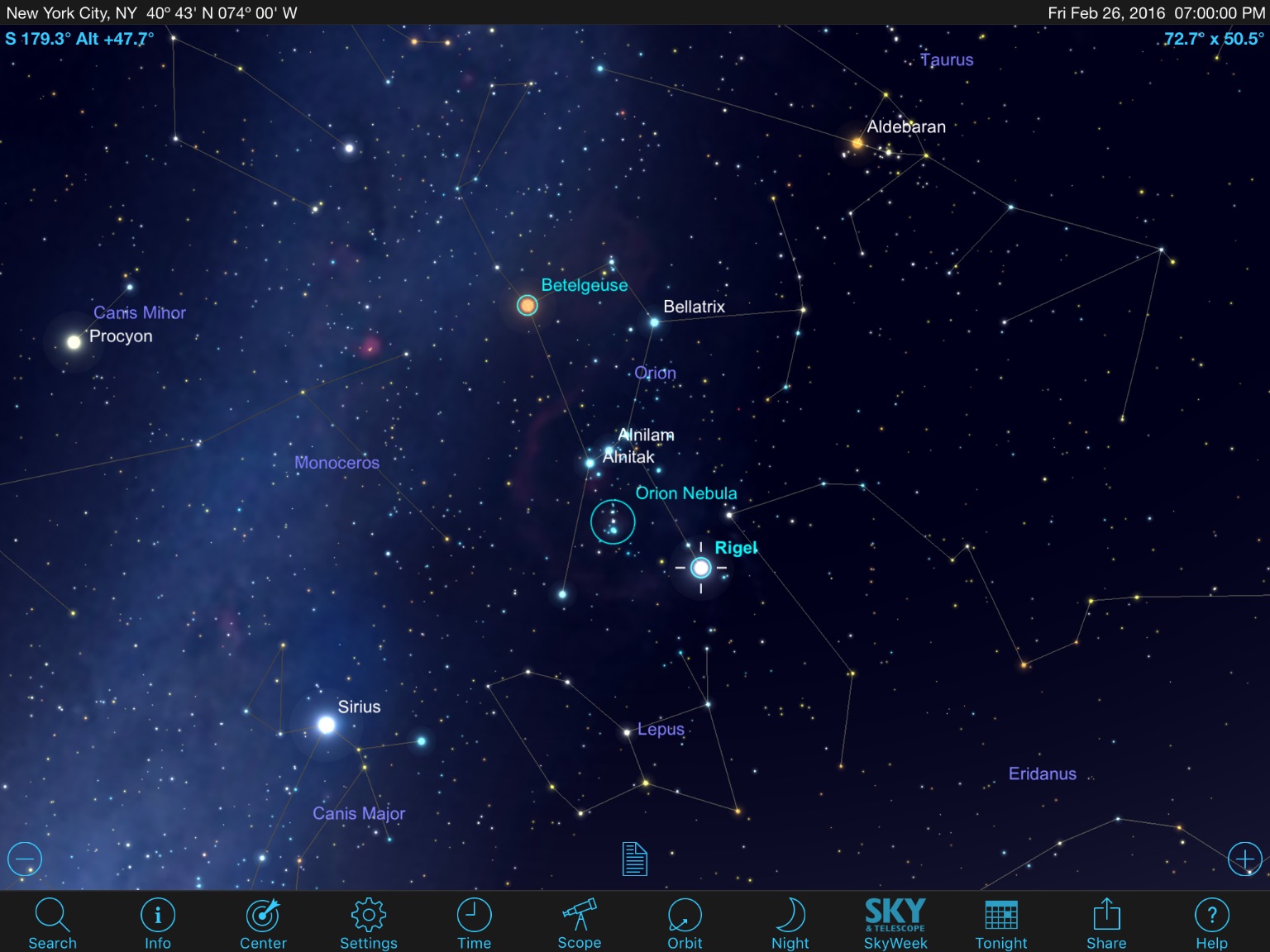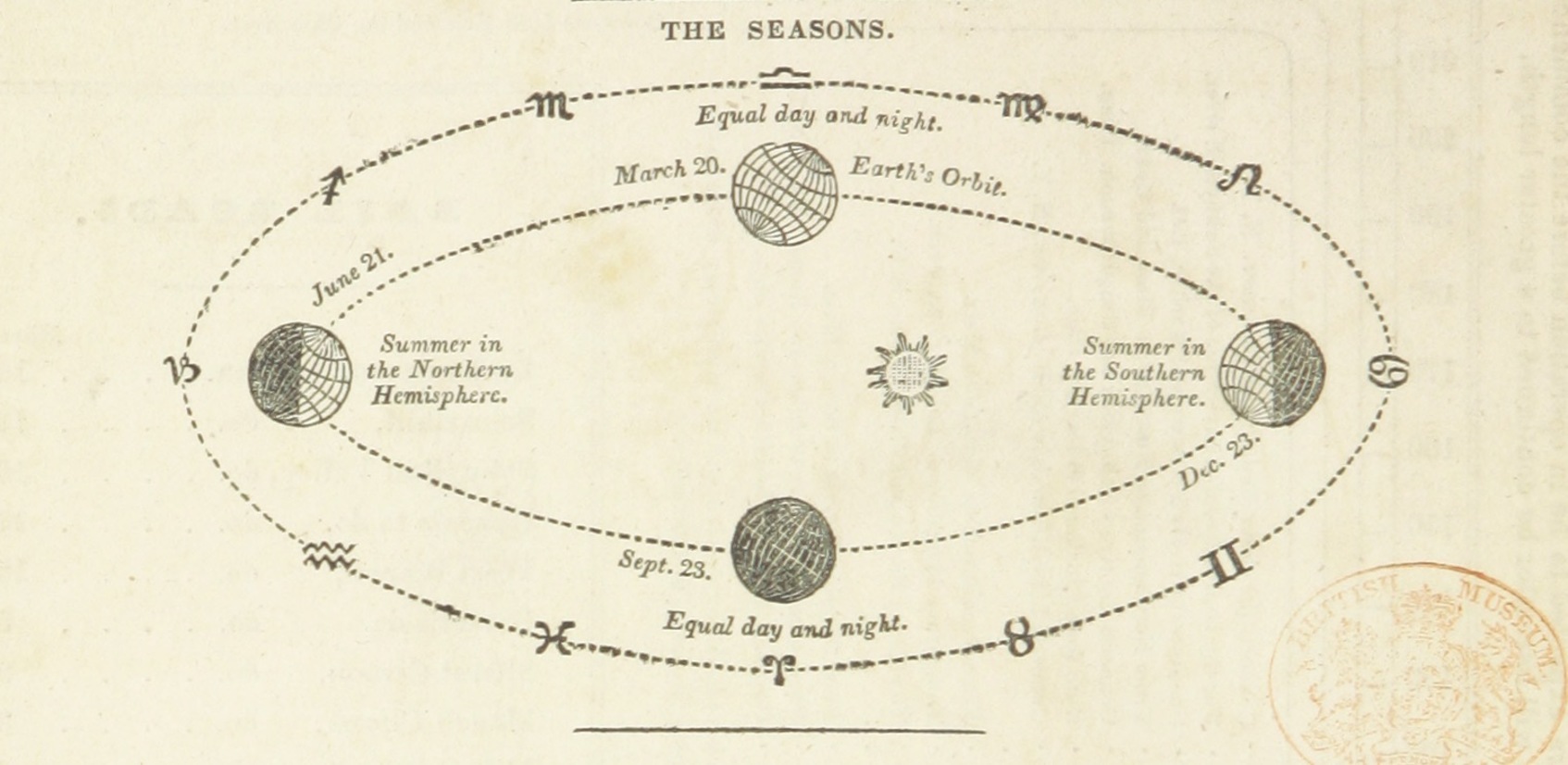
We Can Learn a Lot From the Changing Night Sky

This article was originally published at The Conversation. The publication contributed the article to Space.com's Expert Voices: Op-Ed & Insights.
You cannot feel or hear the world turning. It does not rumble through space. But you can see it turn with your own eyes every day and night. And, with patience, you can see Earth travel around the Sun.
As the globe turns and night falls, stars appear to travel from east to west across the night sky. Or do they?
How stars move across the sky is a touch more complicated than you may first imagine. And the motion of the stars tells us about our place on the world and our travels around the Sun.
We live on a spinning globe, and as we turn different swathes of the universe come into view. However, what you see depends on where you are.
Guiding light

Almost directly above the North Pole is the star Polaris. As the world turns on its axis, Polaris remains above the North Pole. If you had the misfortune of being at the North Pole in midwinter, Polaris would be a constant companion overhead.
Imagine an alien looking down from Polaris at Earth. What would they see? They would see Earth’s Northern Hemisphere, spinning anticlockwise around the North Pole. A Polarisian would never see Earth’s Southern Hemisphere, with its red Australian deserts and frozen Antarctic wastes.
Get the Space.com Newsletter
Breaking space news, the latest updates on rocket launches, skywatching events and more!
Who can see Polaris from Earth? People across the Northern Hemisphere can see Polaris, and it never rises nor sets.
However, while Polaris is high in the sky when viewed from inside the Arctic circle, as you move towards the Equator, Polaris gets closer and closer to the northern horizon. If you travel into the Southern Hemisphere, Polaris falls below the northern horizon, and never rises at all.
So which stars you see and how high they get in the sky depends on where you are. Indeed, navigators have used the stars for centuries to determine how far they are from the Equator.
In the Northern Hemisphere, Polaris allows you to find north. Unfortunately, people in the Southern Hemisphere are not blessed with a bright star above the South Pole, making navigating by the stars a tad trickier.

Breakdancing hunters
Of course some stars do rise and set. The stars in the constellation Orion, the hunter, are almost directly above the Equator. From almost anywhere on Earth, the stars of Orion rise and then set roughly 12 hours later.

However, our view of Orion depends on where we are. If you are in London, and looking at Orion when he's highest in the night sky, then you see Orion towards the south (because Orion is directly above the Equator). Orion's feet are sensibly pointing towards the southern horizon.
If you are in Melbourne and looking at Orion when he's highest in the night sky, then you see Orion towards the north. Now Orion has his head pointing towards the northern horizon, with his feet in the air.
I actually prefer the fun-loving breakdancing Orion of the Southern Hemisphere to the more staid Orion seen from the Northern Hemisphere.
Our view of constellations can also change throughout the night. The Southern Cross isn't directly above the South Pole, instead being 60 degrees above the South Pole's horizon at all times. From southern Australia, the Southern Cross is above the horizon all the time, moving clockwise in a giant circle every day.
On a summer's evening in Melbourne (or Wellington, or Patagonia), the Southern Cross starts near the southern horizon and is "upside down" (at least compared to the Australian Flag). But by morning twilight it has risen high in the sky and is (roughly) the right way around. Of course, the "motion" of the Southern Cross isn’t caused by the constellation moving, but by us being spun around on a turning world.
A time lapse taken at La Silla Observatory in Chile, showing stars moving clockwise above the southern horizon.
A world in motion
The world isn't just turning on its axis, but also orbiting the Sun. This means we see different stars during the middle of the night at different times of year.
During early January, the Sun is in the direction of the constellation of Sagittarius, while Gemini is visible at midnight.
Six months later, the Earth has moved 180 degress around the Sun. Now the Sun is in the direction of Gemini, while Sagittarius is visible at midnight. The stars and planets we see change as the months go by.

More critically, the seasons and length of day change as we move around the Sun. Earth's axis is tilted with respect to its orbit. Between late September and late March our Southern Hemisphere is tilted toward the Sun, while the Northern Hemisphere is tilted towards the Sun for the remainder of the year.
Between late September and late March, the Sun is directly above the tropics of Earth's Southern Hemisphere. Across the Southern Hemisphere, daylight extends beyond 12 hours per day. Indeed, at the South Pole the Sun is above the horizon 24 hours a day. In January, the Southern Hemisphere is basking in summer.
Between late September and late March, the opposite is true in the Northern Hemisphere. Across the Northern Hemisphere, the Sun is relatively low in the sky and daylight is less than 12 hours per day. In January, the Northern Hemisphere is in the depths of winter.
We may not feel the globe spinning and our motion around the Sun, but we can experience it. We spin beneath the stars each night, and as the months pass different stars come into view. Which stars we see changes as we move across the world. And the changing length of the days and seasons are driven by our orbit around the Sun.
The daylight side of the Earth over an entire year. For months at a time, the North or South Pole experiences sunshine 24 hours a day.
Michael J. I. Brown, Associate professor, Monash University
This article was originally published on The Conversation. Read the original article. This article was originally published on The Conversation. Read the original article. Follow all of the Expert Voices issues and debates — and become part of the discussion — on Facebook, Twitter and Google +. The views expressed are those of the author and do not necessarily reflect the views of the publisher. This version of the article was originally published on Space.com.
Join our Space Forums to keep talking space on the latest missions, night sky and more! And if you have a news tip, correction or comment, let us know at: community@space.com.

I am an observational astronomer, studying how galaxies evolve over billions of years.









